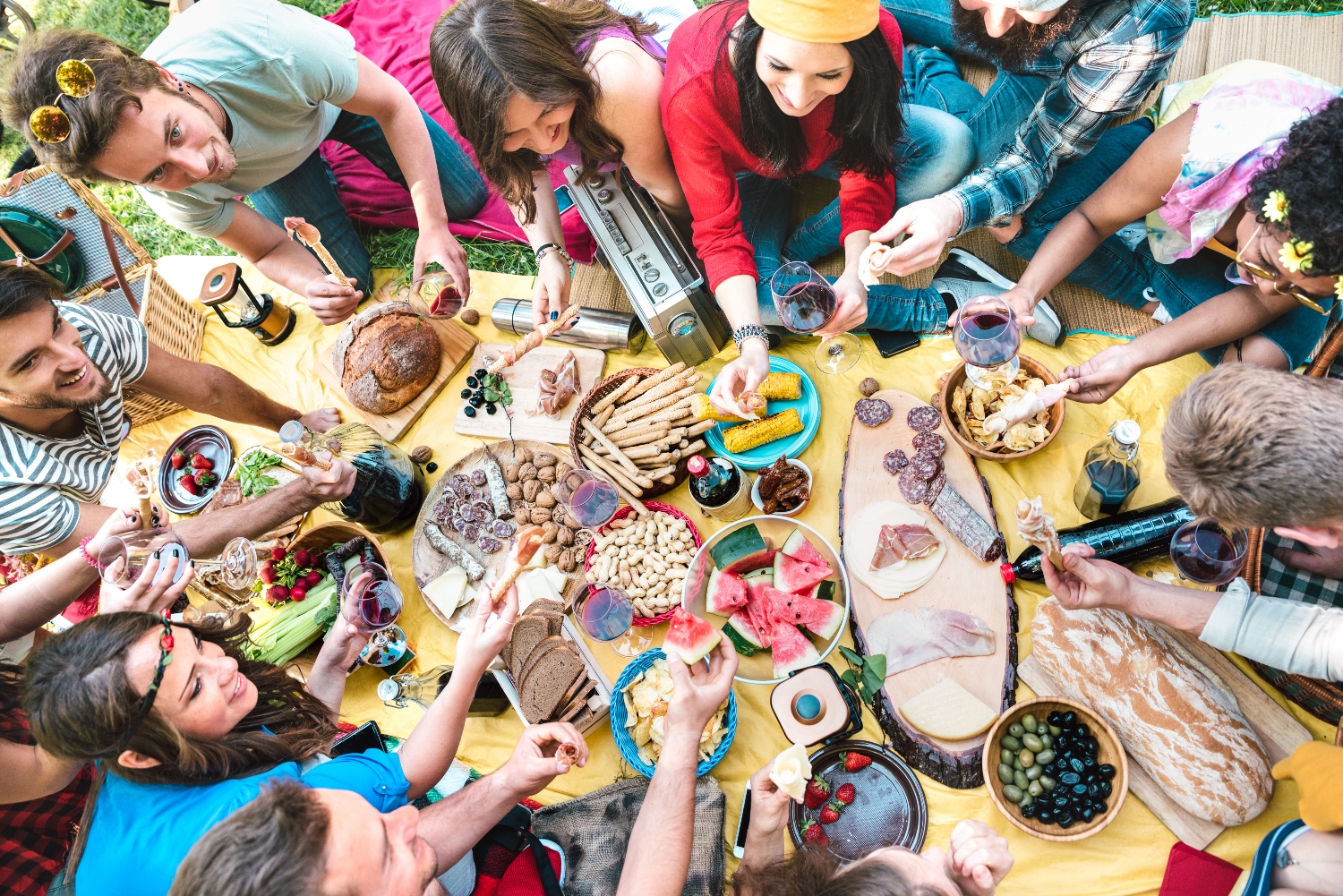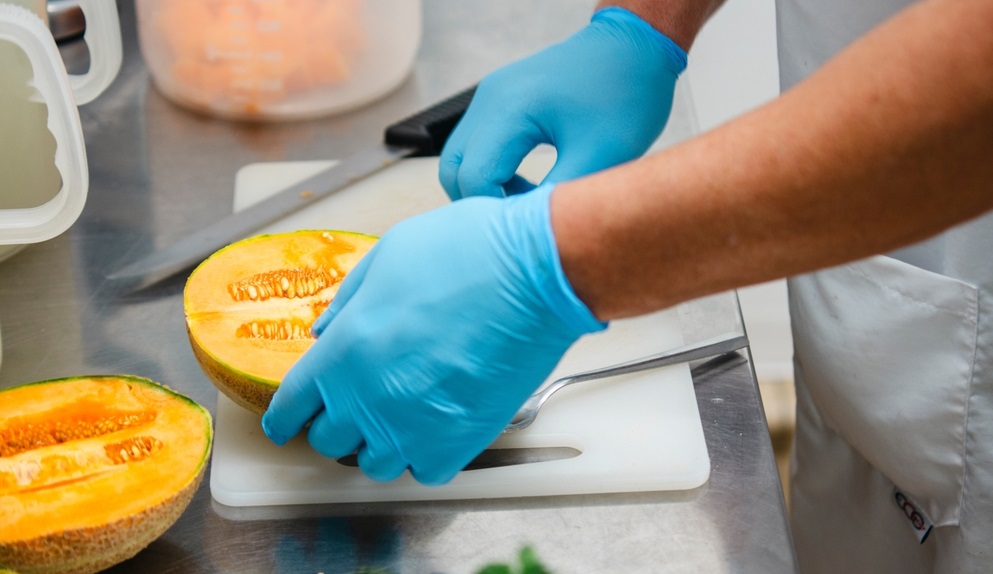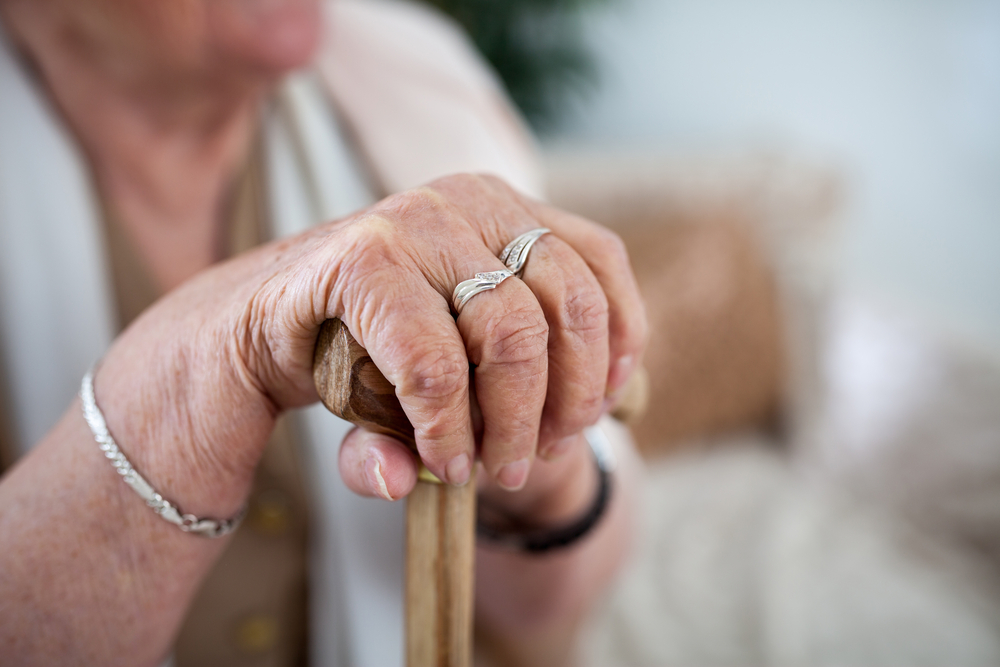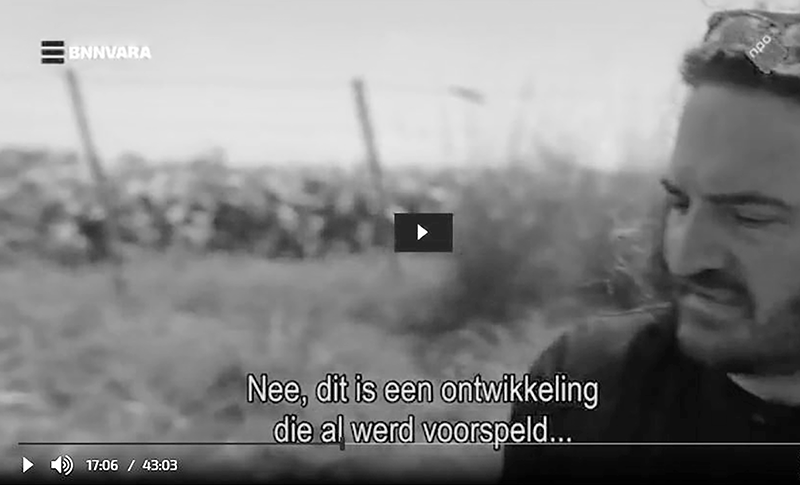The Gerrit Grijns Initiative, a partnership between the Agrotechnology & Food Sciences Group and the Animal Sciences Group focusing on nutrition and health, has expanded to include the Social Sciences Group this summer. Representative on behalf of Social Sciences Hans van Trijp: ‘It is a great concept. A “tinder” for scientists.’
Diederik Esser, the Gerrit Grijns Initiative (see box) coordinator, explains: ‘I often hear that people here are unaware of each other’s existence, while there are many similarities between their research topics. Understandably, since WUR is a large organisation, scientists typically focus mainly on their own domains. The initiative aims to facilitate multidisciplinary research and to help colleagues connect. Esser: ‘Researchers who have only just begun, in particular, could use some help.’
I often hear that people here are unaware of each other’s existence, while there are many similarities between their research topics
Diederik Esser, Gerrit Grijns Initiative coordinator
Esser is somewhat of a matchmaker. He talks with everyone in the Food, Nutrition, & Health domain who could use some help. And now, he also talks with social sciences groups. ‘The initiative is like a lubricant. We remove hurdles and help people within WUR connect. The initiative connects people with different backgrounds, online if desired, which leads to new ideas. That is the strength behind this initiative.’
24 groups
Esser expects the newly joined Gerrit Grijns Initiative members to cause a new dynamic: ‘Social scientists have different perspectives.’ According to Hans van Trijp, a Marketing and Consumer Behaviour professor at the Social Sciences Group, ‘Social scientists focus on embedding knowledge from other groups within society. And on how you can get that knowledge to land, sometimes literally, like healthy foods on someone’s shopping cart.’
Despite the fact that the other groups were aware of the value of social sciences, they delayed inviting Van Trijp’s team to join. Esser: ‘We wanted to lay a solid foundation first. Getting sixteen and then seventeen groups to merge was quite a challenge. Now, with Social Sciences joining, we have seven more groups. However, some groups within Social Sciences were already incidentally involved in our projects.’
Global issues
Moreover, Van Trijp feels that an initiative such as this must be developed. ‘That is preferable to having to scale down after an ambitious start. We discussed adding Social Sciences to the initiative, but, at the time, neither group was ready. Now we are.’
I believe that the current generation of researchers is more open to transdisciplinary research
Hans van Trijp, Marketing and Consumer Behaviour professor
‘It is refreshing that this model has a bottom-up approach’, Van Trijp says. ‘Young scientists with ideas can join colleagues from a different cluster higher up in the chain to apply for the initiative’s funding and use its network. In the past, such collaborations occurred more or less accidentally. I believe that the current generation of researchers is more open to transdisciplinary research. Furthermore, the complex global issues we face cannot be solved with the knowledge of just one department.’
Contribution
All groups committed to the Gerrit Grijns Initiative pay an annual contribution of 6,250 euros. Esser: ‘This money is put together, after which groups can apply for their own annual contribution by submitting a partnership proposal. For example, someone with a background in nutrition wanting to partner with a food researcher will receive 12,500 euros, the combined contribution from both groups, towards their project. If they have someone from social sciences or a different cluster join, they are provided with three times the annual contribution.’
‘Sometimes we have a project idea and seek the right people to join it, as was the case for the EXPLAIN study on meat substitutes. In this project, microbiology, nutrition and food researchers collaborate to work on a single topic’, Esser clarifies. ‘But usually, the researchers initiate an application, which is what we prefer. We want researchers to determine what they invest their time and energy in. The Wageningen Student Cohort is an excellent example: nine groups and Wageningen Food and Biobased Research contributed to this project.’
Love
Seven of the 21 social sciences groups have started an ‘exploratory internship’ with the initiative. Professor Van Trijp is enthusiastic. ‘Diederik (Esser, ed.) facilitates a “tinder” for scientists. He talks to researchers, and, although it may not lead to anything concrete at the time, it enables him to matchmake when he meets someone else who is working on the same topic.’
Van Trijp: ‘Thus, the Gerrit Grijns Initiative has only benefits. If you join but don’t use the initiative, you are selling yourself short. Much like love: you reap what you sow.’
Gerrit Grijns Intiative
The Gerrit Grijns initiative was launched in 2019 and aims to improve the quality of food. The initiative is named after Gerrit Grijns, a Wageningen Animal Physiology professor who is considered the founder of the modern vitamin theory.
Projects currently taking place within this initiative mostly focus on optimising personal dietary advice, the health impact of food processing, nutrition and the immune system and the health impact of the protein transition.

 Social scientists have joined the Gerrit Grijns Initiative, which focuses on making food better and healthier. Photo Shutterstock
Social scientists have joined the Gerrit Grijns Initiative, which focuses on making food better and healthier. Photo Shutterstock 

